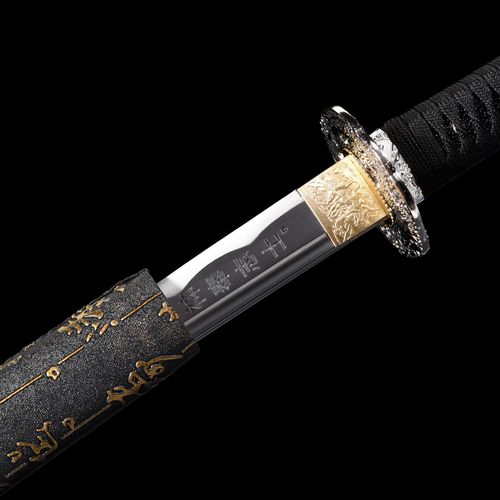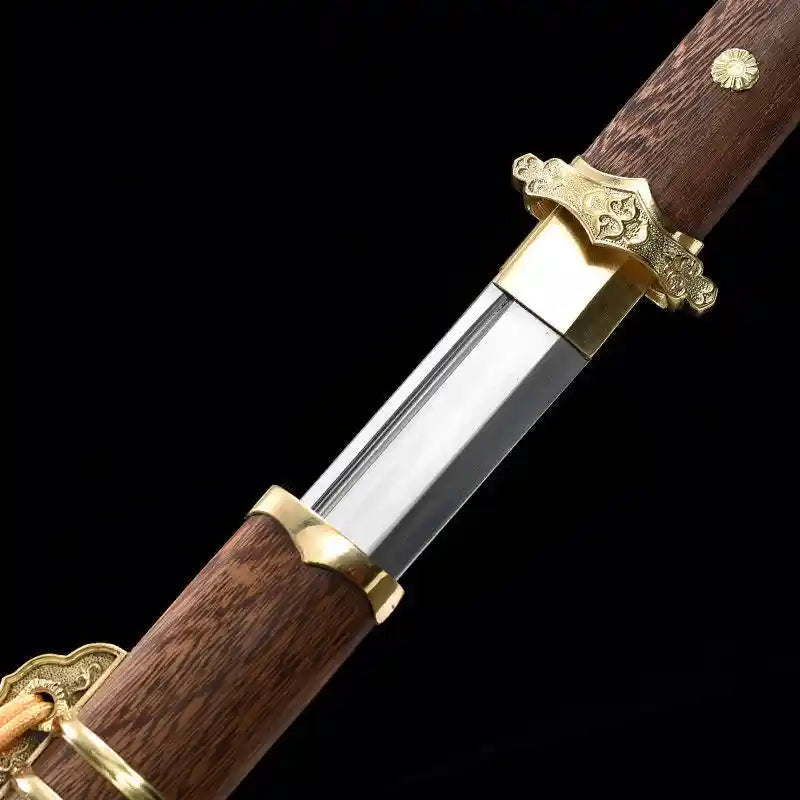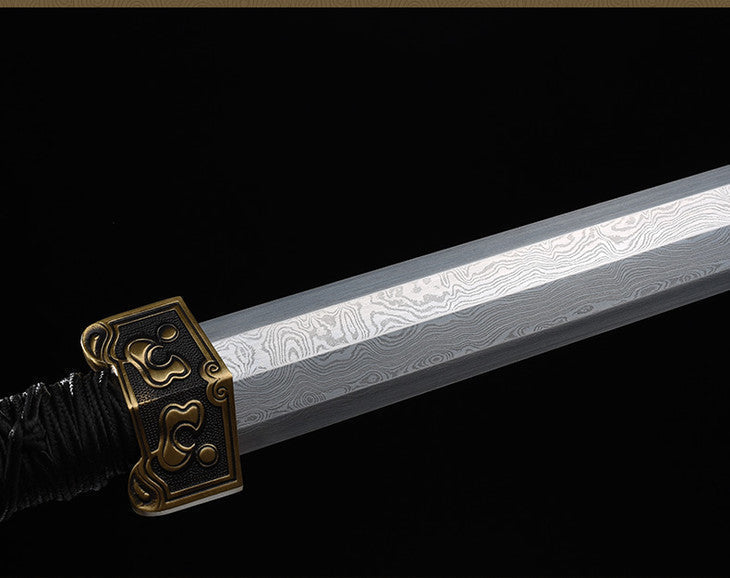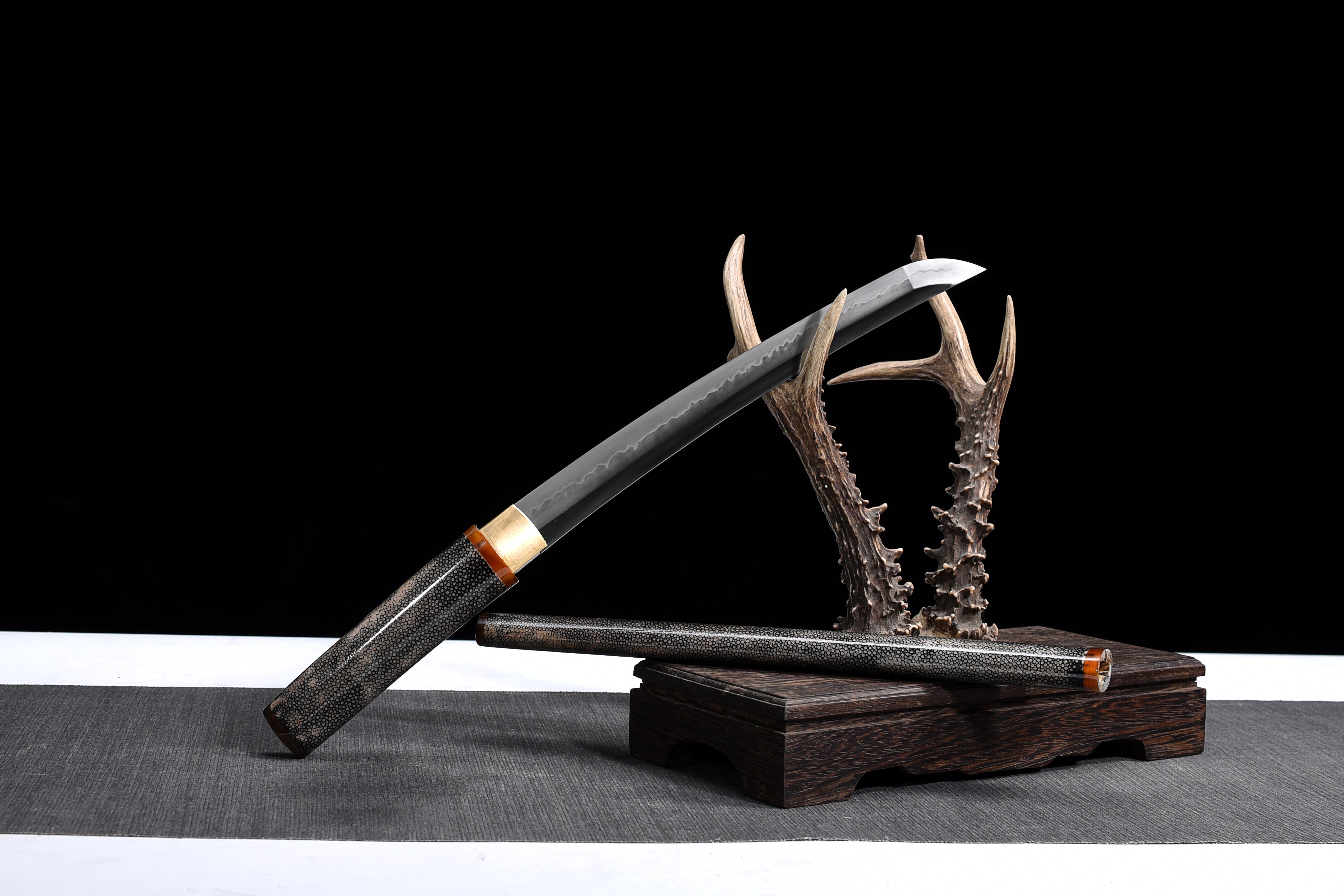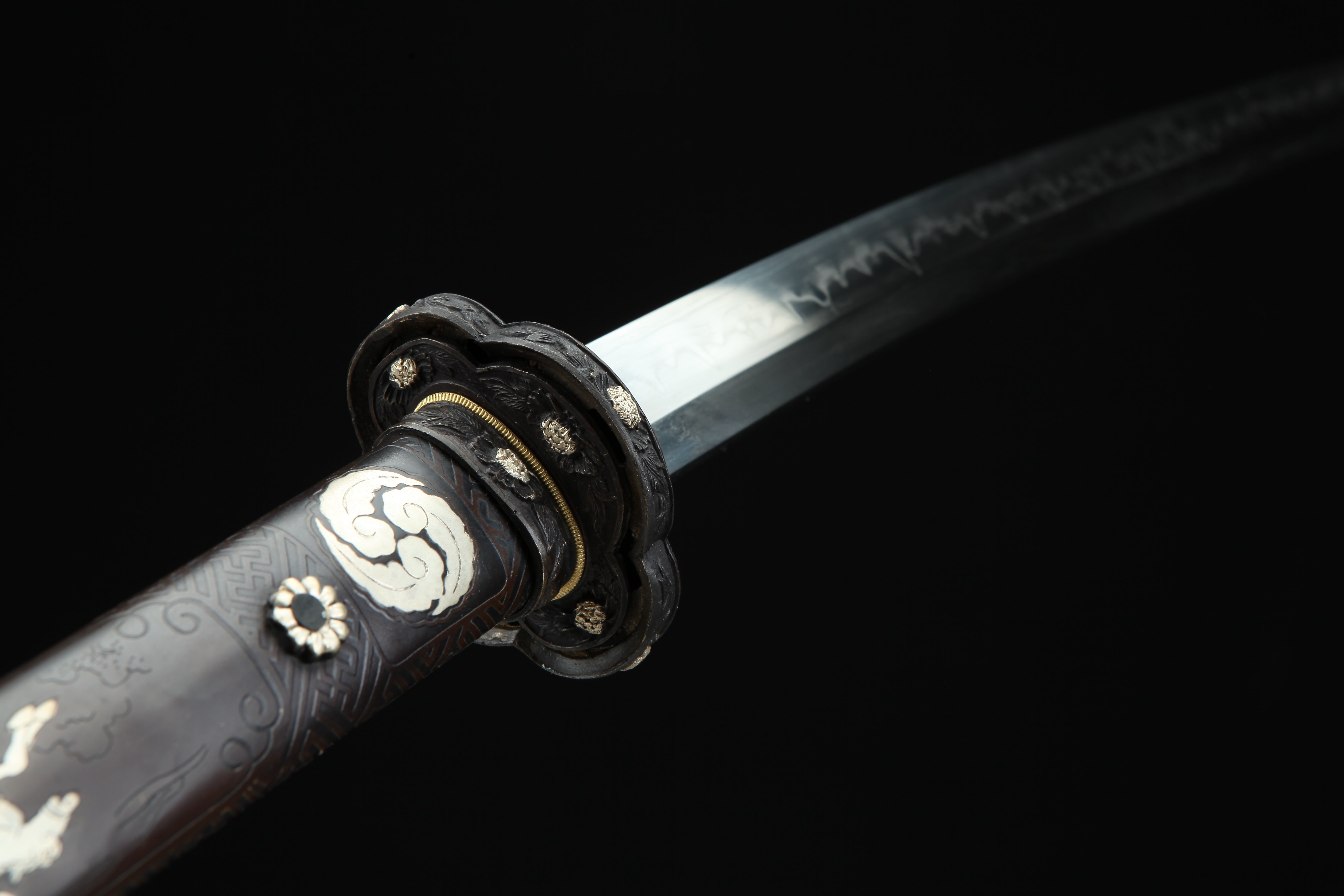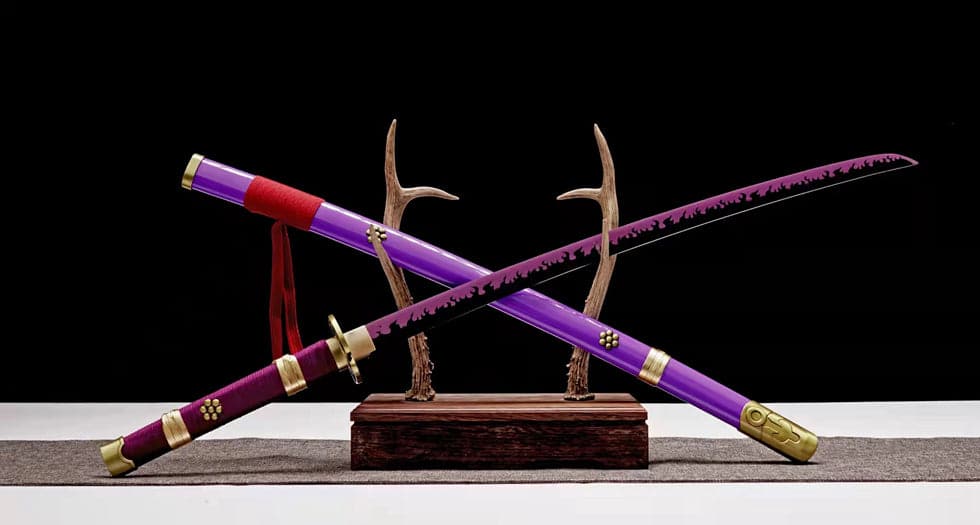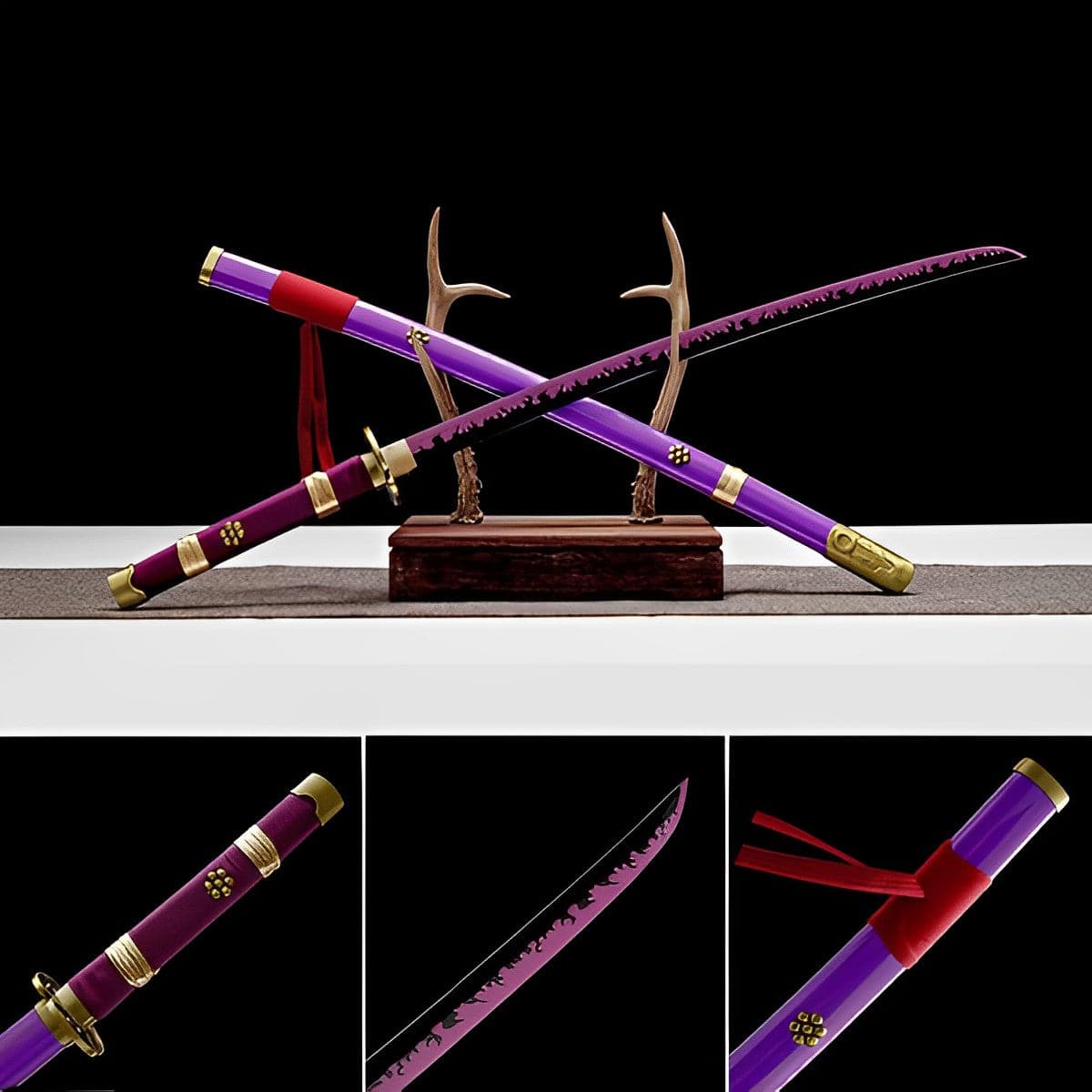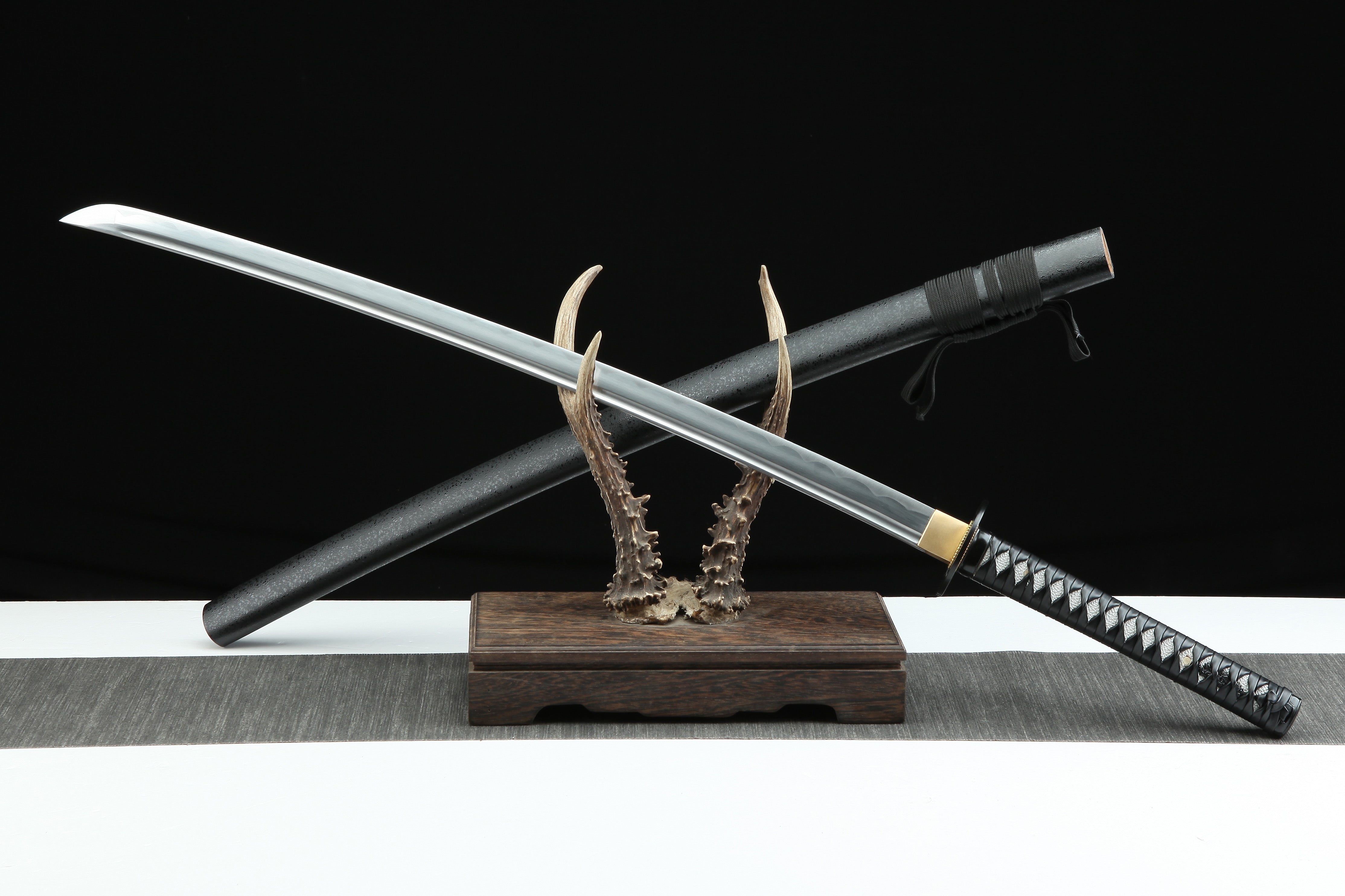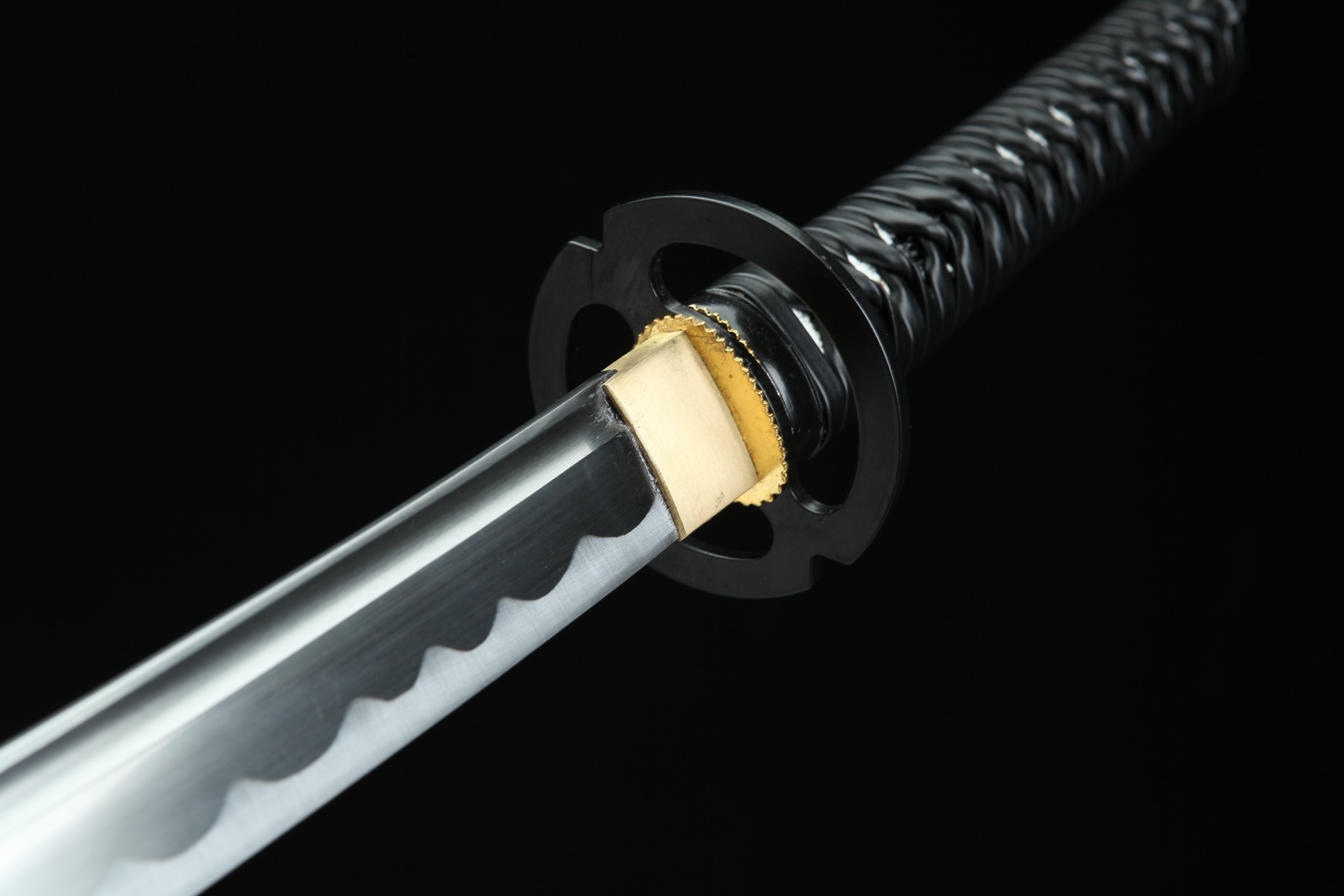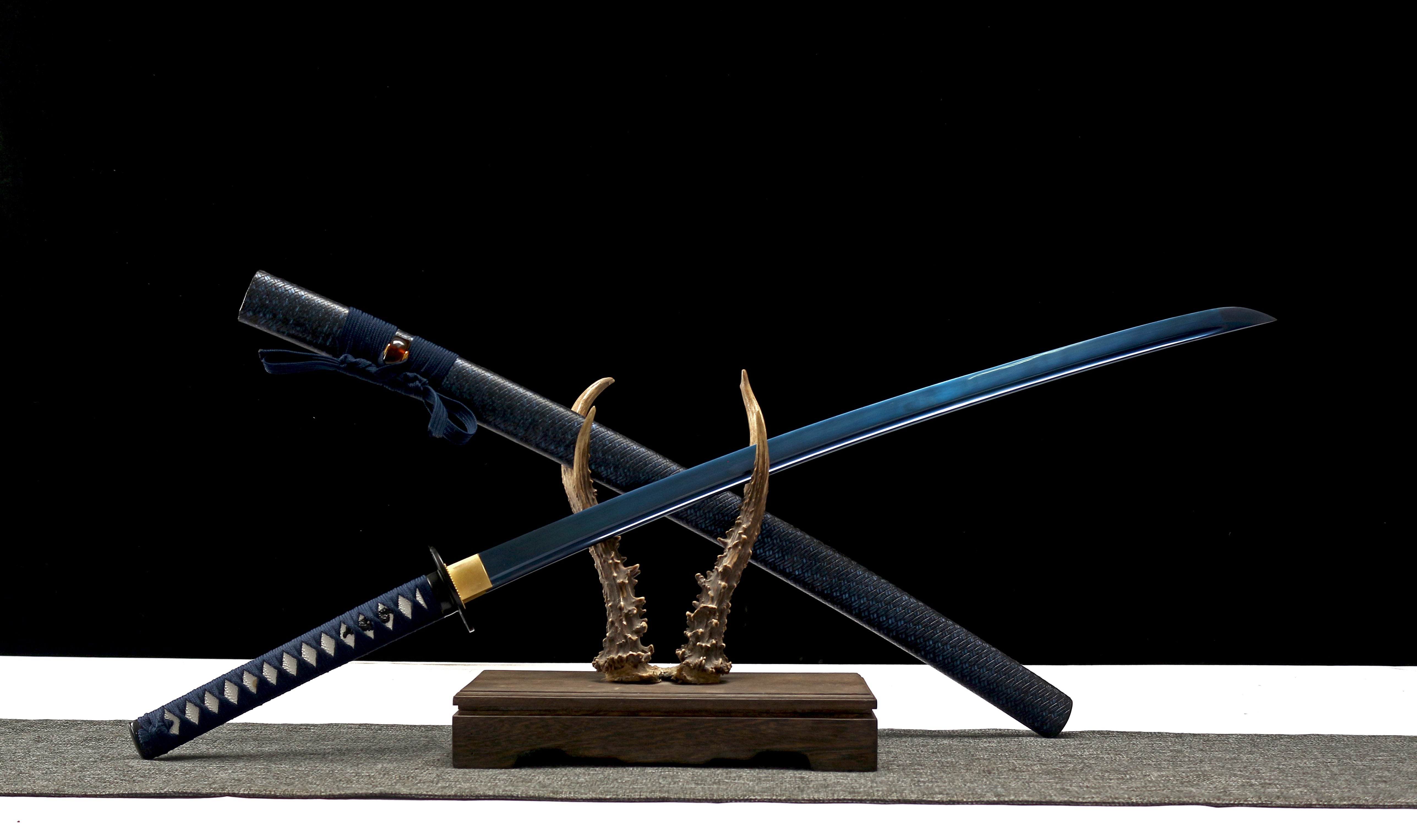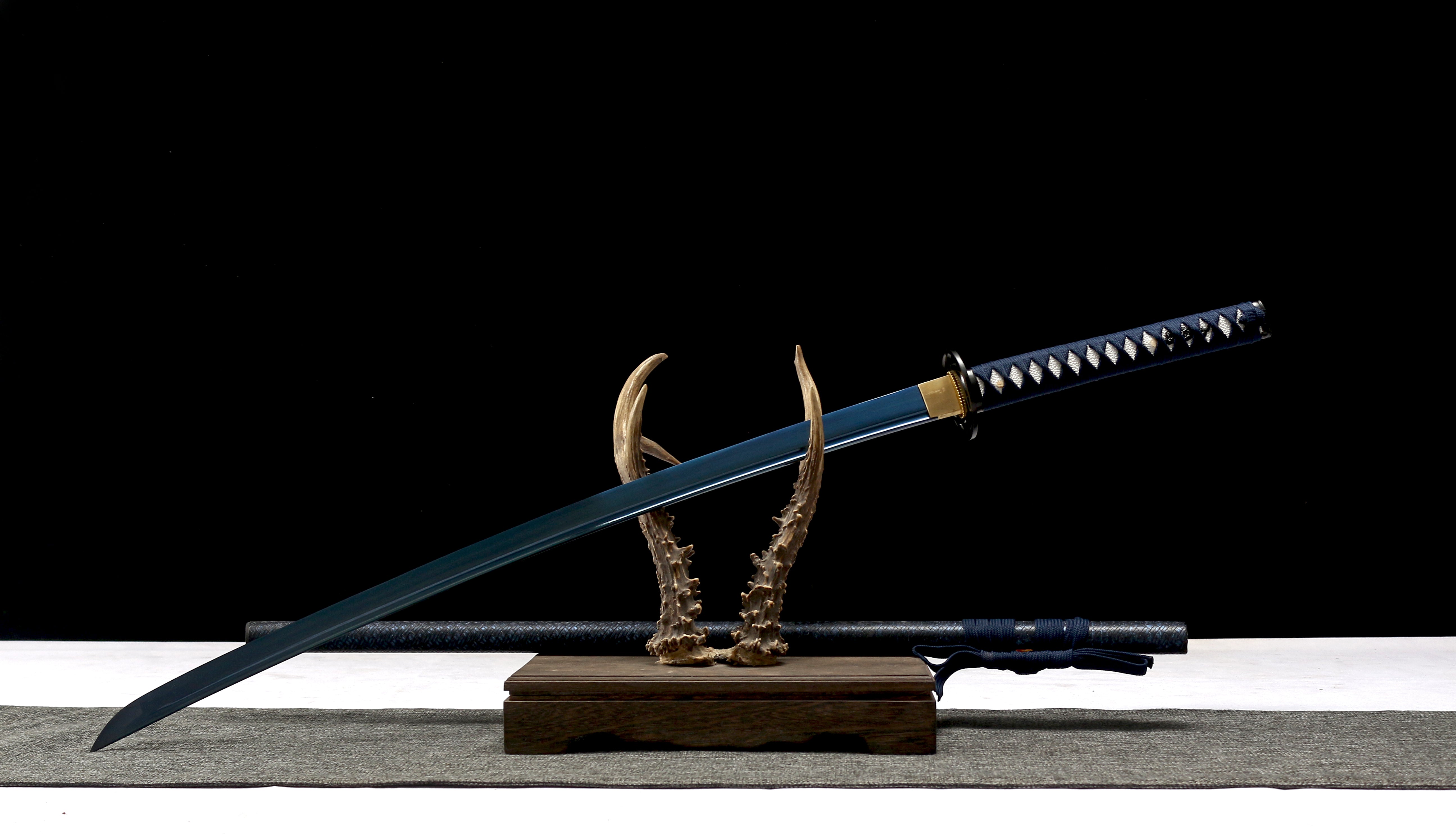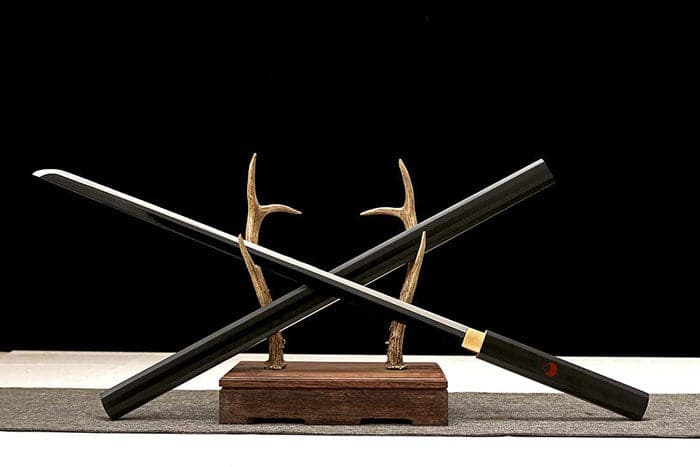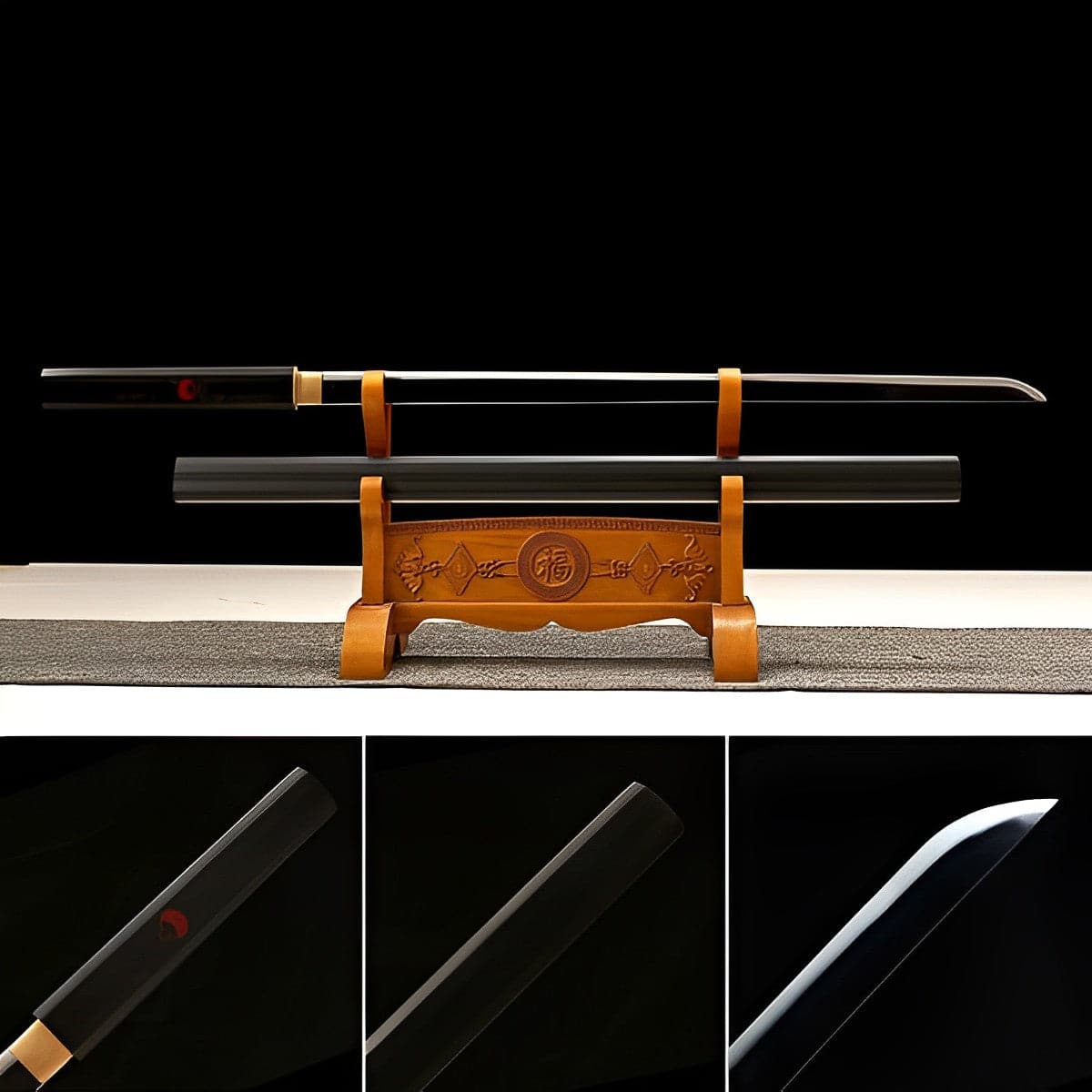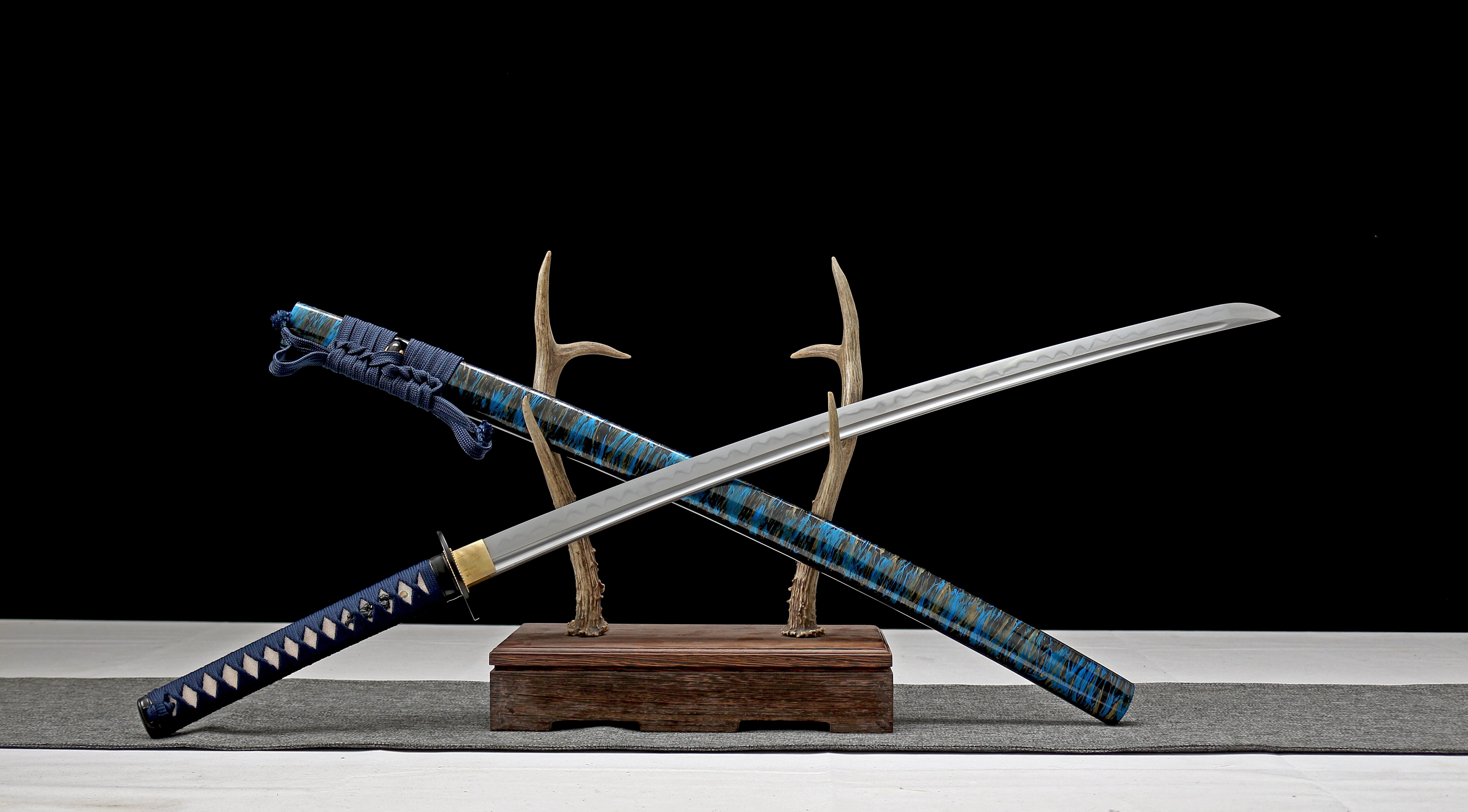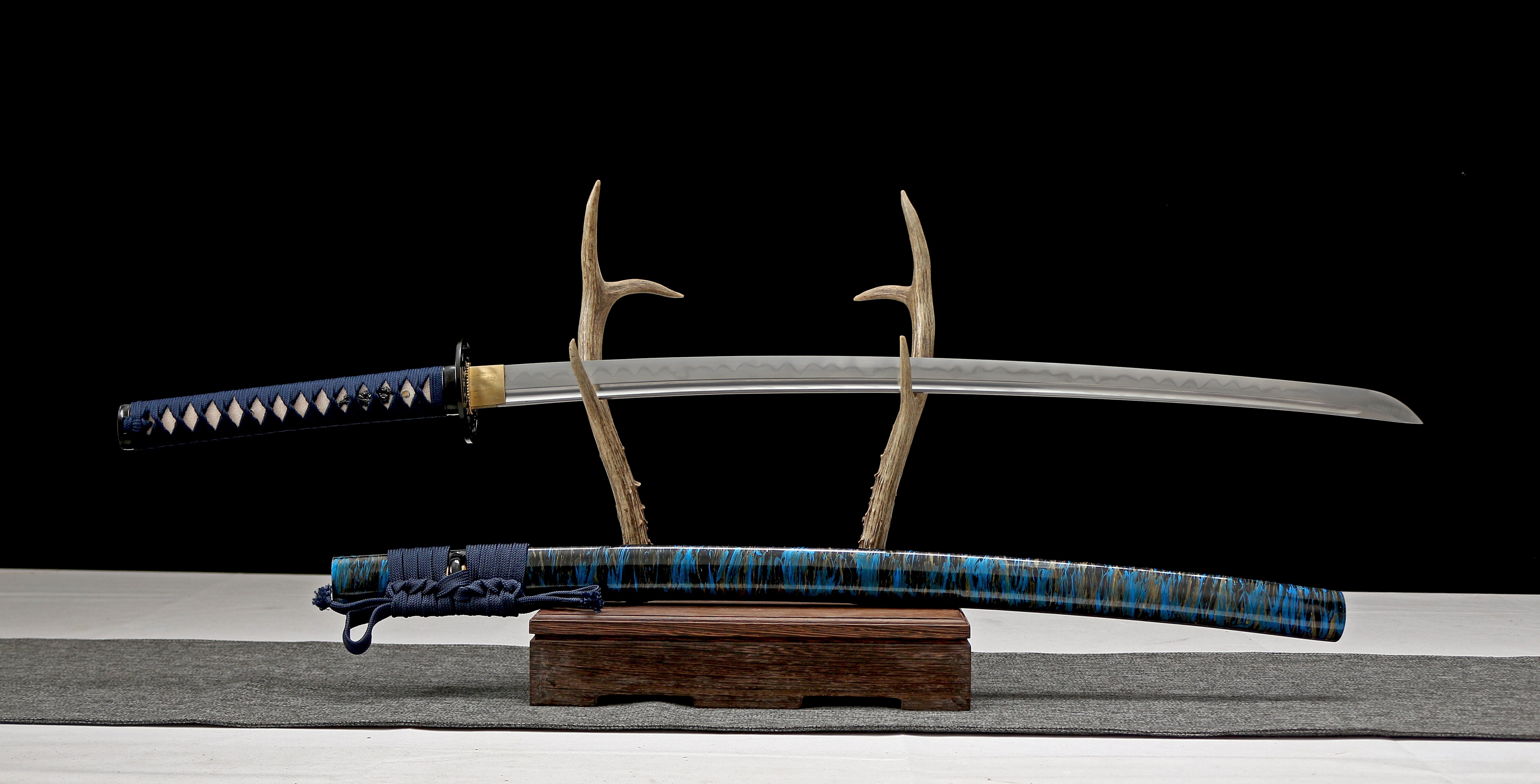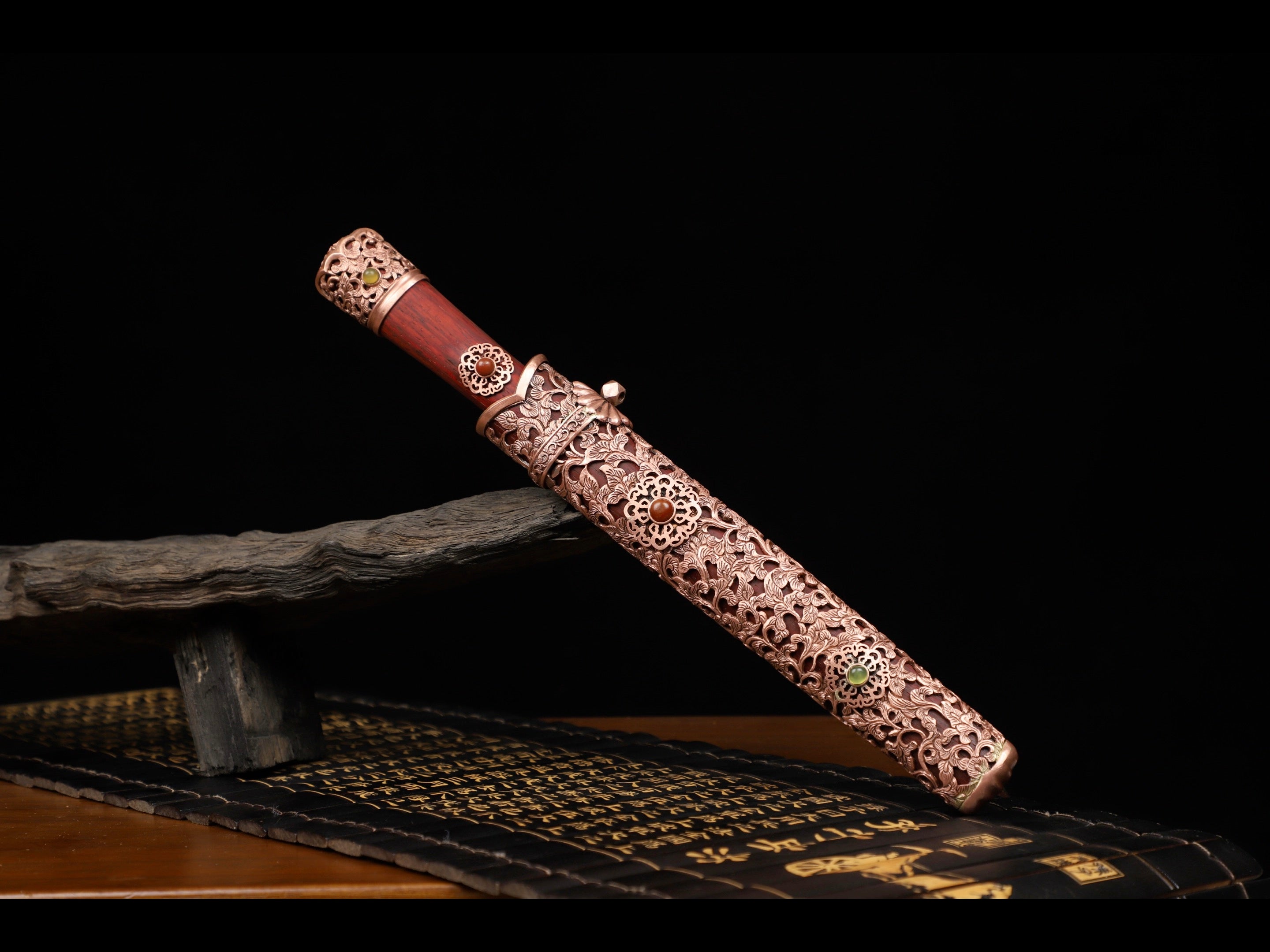
The Art of War & Peace: Masterful Decoration of Chinese Blades

The Art of War & Peace: Masterful Decoration of Chinese Blades
Introduction: Where Steel Becomes Canvas
Far beyond their martial purpose, Chinese blades serve as moving canvases where metal transforms into poetry. For three thousand years, master artisans have turned swords and knives into xiangqi - "symbolic vessels" that carry the weight of dynasties, the whispers of myth, and the pinnacle of human craftsmanship. This exploration reveals how simple steel becomes sacred art through techniques passed down since the Bronze Age, where every dragon's scale and cloud motif whispers forgotten philosophies of war and harmony.
I. The Carver's Code: Techniques That Breathe Life Into Steel
1.1 The Dance of Chisel & Acid
Engraving transforms blades into storybooks
-
Hand of the Masters
- Jian Diao (剑雕): Artisans use moon-shaped chisels to create flowing "flying cloud" patterns, each curve matching the blade's natural harmonics
- Secret Knowledge: The Longquan School preserves 24 traditional strokes - from "Willow Leaf" to "Thunder Vein" - each altering how light dances on the blade
-
Alchemy of Etching
- The Zhuque Process: A 9-step ritual using fermented plum vinegar and mercury amalgam to create depth-shifting illusions
- Modern Precision: Laser micro-engraving now replicates Song Dynasty latticework with 0.01mm accuracy
1.2 Jewels of War: The Imperial Inlay Tradition
When blades wore crowns
| Material | Symbolism | Famous Example |
|---|---|---|
| White Jade | Imperial Purity | Han Emperor's "Snow Spine" Sword |
| Star Rubies | Warrior's Blood Covenant | General Yue Fei's Lost Dagger |
| Meteorite Iron | Heavenly Mandate | Tang Dynasty "Sky Fall" Saber |
Fun Fact: The Forbidden City's collection includes a dagger with 365 turquoise stones - one for each day of the cosmic year
The Art of War & Peace: Masterful Decoration of Chinese Blades
Introduction: Where Steel Becomes Canvas
Far beyond their martial purpose, Chinese blades serve as moving canvases where metal transforms into poetry. For three thousand years, master artisans have turned swords and knives into xiangqi (象器) - "symbolic vessels" that carry the weight of dynasties, the whispers of myth, and the pinnacle of human craftsmanship. This exploration reveals how simple steel becomes sacred art through techniques passed down since the Bronze Age, where every dragon's scale and cloud motif whispers forgotten philosophies of war and harmony.
I. The Carver's Code: Techniques That Breathe Life Into Steel
1.1 The Dance of Chisel & Acid
Engraving transforms blades into storybooks
-
Hand of the Masters
- Jian Diao (剑雕): Artisans use moon-shaped chisels to create flowing "flying cloud" patterns, each curve matching the blade's natural harmonics
- Secret Knowledge: The Longquan School preserves 24 traditional strokes - from "Willow Leaf" to "Thunder Vein" - each altering how light dances on the blade
-
Alchemy of Etching
- The Zhuque Process: A 9-step ritual using fermented plum vinegar and mercury amalgam to create depth-shifting illusions
- Modern Precision: Laser micro-engraving now replicates Song Dynasty latticework with 0.01mm accuracy
1.2 Jewels of War: The Imperial Inlay Tradition
When blades wore crowns
| Material | Symbolism | Famous Example |
|---|---|---|
| White Jade | Imperial Purity | Han Emperor's "Snow Spine" Sword |
| Star Rubies | Warrior's Blood Covenant | General Yue Fei's Lost Dagger |
| Meteorite Iron | Heavenly Mandate | Tang Dynasty "Sky Fall" Saber |
Fun Fact: The Forbidden City's collection includes a dagger with 365 turquoise stones - one for each day of the cosmic year
II. Symbols That Cut Deeper Than Steel
2.1 The Language of Dragons
- Five-Clawed Imperial Dragons: Only permitted on emperor's swords, their 54 scales representing the 54 virtues of rulership
- Hidden Messages: During the Ming Dynasty, rebel swords hid maps in the negative space between dragon's claws
2.2 When Flowers Wield Swords
- Peony Cluster Hilts: Worn by imperial guards, each petal contained a lethal dose of zhènyào (truth drug) for interrogation
- Plum Blossom Guards: The 5-petal design on scholar's swords represented the Five Constants of Confucian virtue
III. Living Metal: Cultural DNA in Every Groove
3.1 The Sword That Refused to Kill
The legendary Mianli Jian (眠离剑) featured:
- A blade carved with sleeping dragons that "awakened" (turned crimson) when drawn unjustly
- Scabbard inlaid with jinggang (金刚) beads that hummed when peace was possible
3.2 Modern Rebirth
Contemporary artists like Zhang Xiaofeng fuse ancient techniques with:
- Holographic engravings that project battle scenes when light hits at 45°
- Nano-ceramic coatings that change color with the owner's body temperature
Conclusion: The Edge of Eternity
Chinese blade decoration is no mere ornamentation - it is:
- A Cryptographic System where every curve encodes philosophy
- A Living Archive preserving lost artisanal kung fu (功夫)
- A Mirror Civilization reflecting China's journey from bronze to silicon
"To carve a sword is to carve time itself."
— Master Engraver Wang Xi, circa 1127 AD
